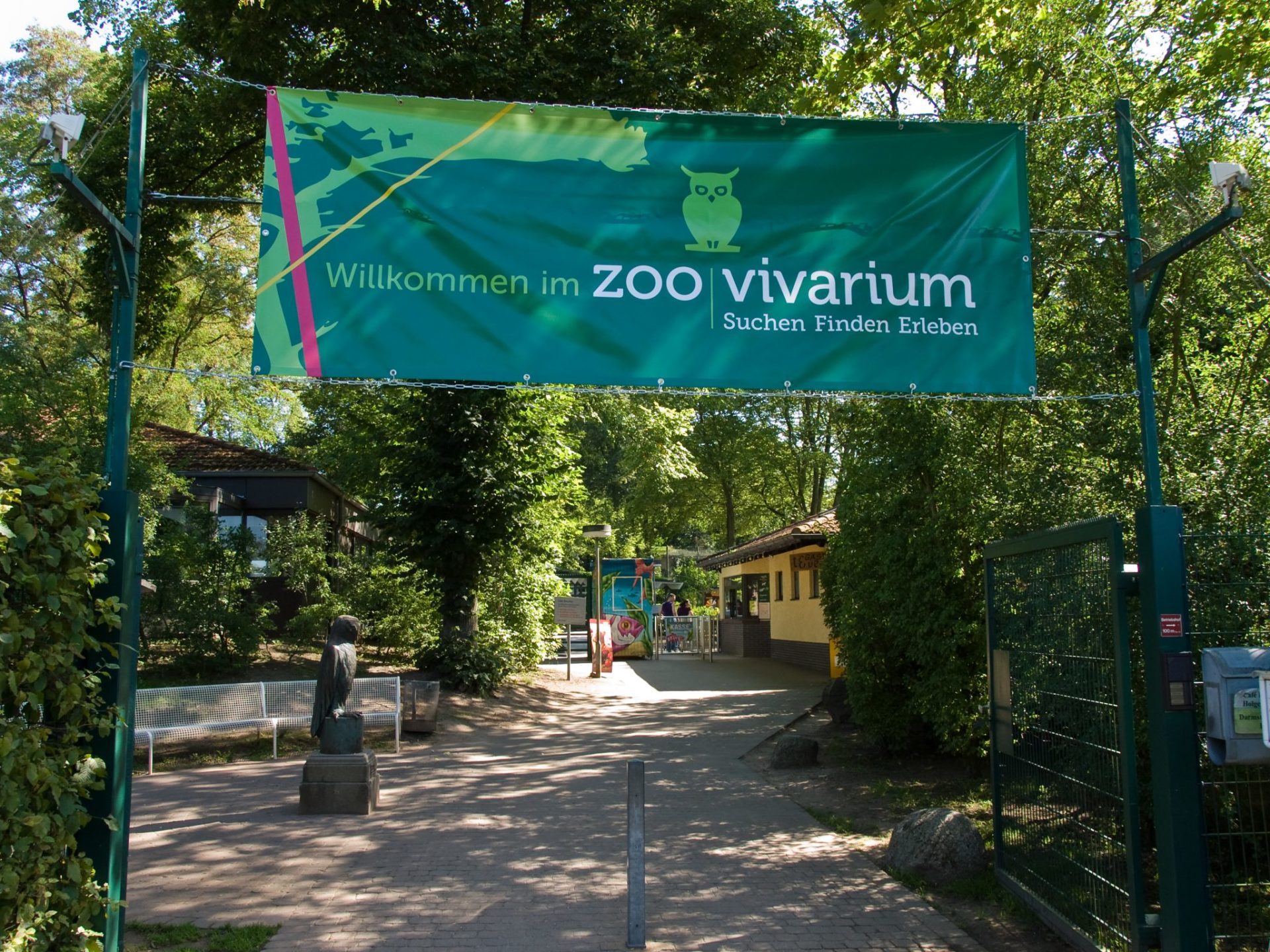Sights
Startseite > Sehenswürdigkeiten > Darmstadt Zoo-Vivarium
Darmstadt Zoo-Vivarium
The Vivarium Darmstadt is a small zoo in the southern Hessian city and also calls itself Darmstadt's zoo.
- Schnampelweg 5 , 64287 Darmstadt
On July 21, 1956, the school vivarium was opened on the grounds of the municipal nursery in the Orangerie Garden. On August 28, 1965, the new vivarium, built according to the plans of engineer Rolf Prange, was opened at its present location. It displays over 700 animals belonging to more than 150 species on an area of approximately four hectares. The aquarium and terrarium hall, in which amphibians, insects and other arthropods are shown in addition to fish and reptiles, gives the building its name. The vivarium participates in the European Endangered Species Program (EEP) by breeding various species, such as the Black Vulture and the Small Vasaparrot, which are zoo world heritage species. Attractions of the zoo are the animal houses for crested macaques as well as the tropical house for binturongs (marten bears) and pygmy otters, which opened in 2005. There is a walk-in enclosure for Bennett's kangaroos (a subspecies of red-naped wallaby) and a petting zoo with West African pygmy goats. The Africa House, used for chimpanzees until the 1980s, was converted into a tropical house for stump crocodiles, mouse birds, butterflies and fish, and opened in this form in 2011. Across from it is the walk-in aviary for native wading birds. The enclosure for the Seychelles giant tortoises has already been expanded and inaugurated in March 2010. In 2014, the Dr. Maria Börsig House was opened, which includes a walk-in outdoor enclosure for Bolivian squirrel monkeys. In 2015, remodeling and enlargement of the tapir enclosures were completed, and a new enclosure for domestic guinea pigs was built in the petting zoo. For the future, the zoo is planning to restructure and build many more enclosures. Consideration is being given, for example, to the reconstruction of the aquarium and terrarium halls. The zoo's target planning for the future is to show visitors the animal world of the southern hemisphere. There will be an increasing concentration on animal species from South America, Africa and Australia.


By loading the map, you agree to Google's privacy policy.
Learn more

